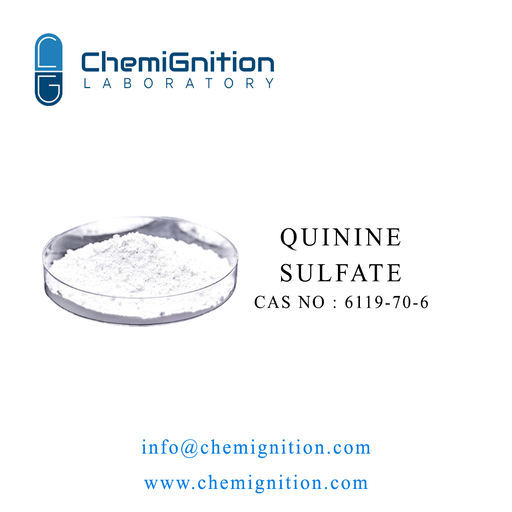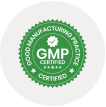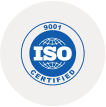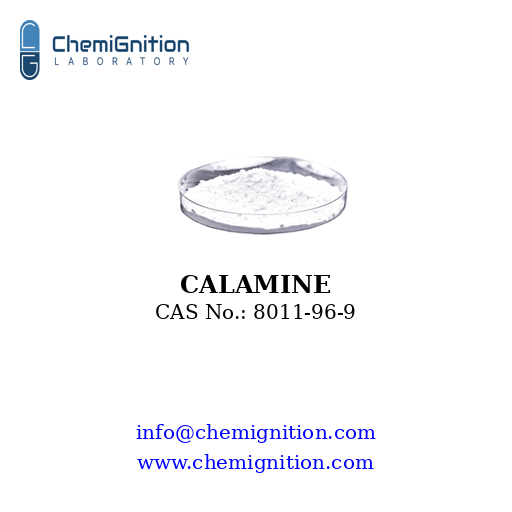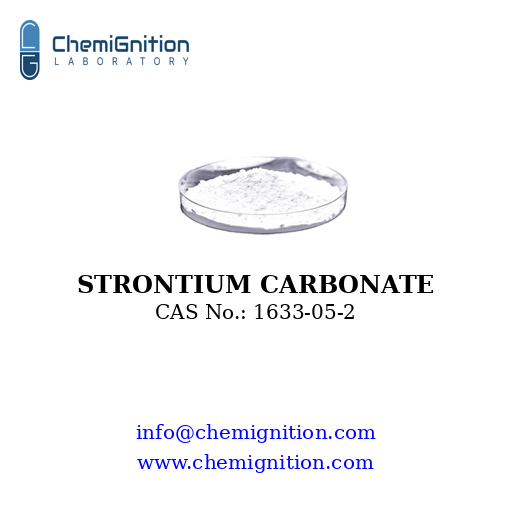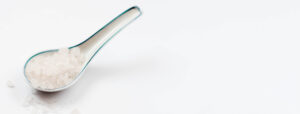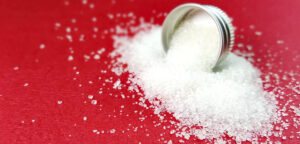Key Properties of Quinine Sulfate
| Product Name: | Quinine Sulfate |
| Synonyms: | bis((R)-(2S,5R)-5-ethenyl-1-azabicyclo[2.2.2]octan-2-ylmethanol); sulfuric acid |
| CAS No: | 6119-70-6 |
| Chemical Formula: | C₄₀H₅₀N₄O₈S |
| Grade: | BP/EP |
| Appearance: | White crystalline powder or crystalline solid. |
| Molar Mass: | 782.96 g/mol |
| Solubility: | Sparingly soluble in water |
Manufacturing process of Quinine Sulfate
Before starting the process, ensure all equipment is clean, utilities are available, and raw materials and packing materials are verified.
Charge methanol in glass line reactor (GLR) and gradually add quinine base and sulfuric acid under stirring. Stir the reaction mass for 10-15 minutes and maintained at 20–30°C for 30 minutes.
Take in-process sample from reactor and send in-process sample to quality control (QC) for reaction monitoring by TLC. After result complies, cool the reaction mass up to 0–5°C for 40-50 minutes.
Further, centrifugation operation be carried out and wet cake wash with chilled solvent and wet material is dried in a vacuum dryer at 40–50°C. After drying.
Pack Quinine Sulfate in a clear poly bag and twist the mouth of the bag. Secure it with a PVC strip. Place this bag inside another poly bag, twist its mouth, and secure it with a PVC strip. Insert these bags into a triple-laminated aluminum bag and seal it properly. Finally, place the sealed aluminum bag in an HDPE container. Store Quinine Sulfate in a tightly closed, light-resistant container at a temperature below 30°C.
Applications of Quinine Sulfate
Technical Specifications of Quinine Sulfate
| Sr.No. | Test | Specification |
|---|---|---|
| 1 | Description | White, odorless, crystalline powder with a bitter taste |
| 2 | Identification | A) By IR: Infrared absorption spectrum obtained from the sample should be corresponds to the Quinine Sulfate reference standard spectrum B) By TLC: In the test for Chromatographic purity, the RF value of the principal spot obtained from the Test preparation corresponds to that from the Standard preparation. |
| 3 | Assay (Content of Quinine Sulfate) | 99.0% to 101.0% (calculated on the anhydrous basis) |
| 4 | Specific Rotation | Between -235 and -245 (Test solution: 20 mg per mL in 0.1 N hydrochloric acid) |
| 5 | Water Content | Between 4.0% and 5.5% |
| 6 | Residue on Ignition | Not more than 0.1% |
| 7 | Chloroform-Alcohol-Insoluble Substances | Not more than 0.1% |
| 8 | Heavy Metals | Not more than 10 ppm |
| 9 | Related Substances (by TLC) | – Dihydroquinine: Not more than 0.5% – Any other individual impurity: Not more than 0.1% – Total impurities: Not more than 1.0% |
| 10 | Residual Solvents (by GC) | – Methanol: Not more than 3000 ppm – Ethanol: Not more than 5000 ppm – Dichloromethane: Not more than 600 ppm – Acetone: Not more than 5000 ppm |
Packing and Storage condition of Quinine Sulfate
Pack Quinine Sulfate in a clear poly bag and twist the mouth of the bag. Secure it with a PVC strip. Place this bag inside another poly bag, twist its mouth, and secure it with a PVC strip. Insert these bags into a triple-laminated aluminum bag and seal it properly. Finally, place the sealed aluminum bag in an HDPE container. Store Quinine Sulfate in a tightly closed, light-resistant container at a temperature below 30°C.
Why Choose Chemignition for
Quinine Sulfate Supply?
Quality Assurance
Grade Compliance
Quinine Sulfate is manufactured in adherence to stringent global pharmaceutical standards.
In-House Quality Control
Each batch undergoes rigorous testing for purity, stability, and efficacy.
Regulatory Approvals
Certified for export and compliant with international regulatory requirements.
Large-Scale Manufacturing and Export
Grade Compliance
Quinine Sulfate is manufactured in adherence to stringent global pharmaceutical standards.
In-House Quality Control
Each batch undergoes rigorous testing for purity, stability, and efficacy.
Regulatory Approvals
Certified for export and compliant with international regulatory requirements.


